Samsung One UI: Ultimate Tips, Tricks and How To guide for new features

Samsung built One UI with an intuitive and easily accessible interface, that's not only new but gives you a rich and clean UI experience.
From the first impression, you'll notice that the Home screen, Apps, Settings menu, Notification panel and more have all been redesigned compared to its predecessor.
Also, this new interface runs on top of Android 9.0 Pie and does comes with a set of new features and improvement. Please find below the all latest features :
• One UI is available on limited mobile models. Kindly check mobile specification or Samsung Members for Software Upgrade schedule.
• Depending on model and country or network operator, supported functions may change.
• Some of these features are available in the Quick Settings panel and also in the phone settings but some of them may only be available in the Settings.
Samsung introduced this feature for a comfortable screen viewing experience and to reduce eye strain in the dark environment. Night Mode will make your phone’s theme darker, so you can use your phone comfortably at night.
How to use: From Settings, tap Display > Night mode for the following options: 1. Turn on now: Put your device in Night mode. 2. Turn on as scheduled: Configure Night mode for either Sunset to sunrise or Custom schedule.
Tip: You can use Night mode from the quick settings menu and then touch the Night Mode icon. The icon will glow blue when Night Mode is on.

To make more space on the screen, you can hide the navigation keys, and instead, use gestures to navigate the device. Simply swipe up on the screen where the navigation buttons normally are to navigate the device.
How to use:
1. From Settings, tap Display > Navigation bar > Full screen gestures.
2. Tap Gesture hints to display lines at the bottom of the screen where gestures must be done for each navigation button.
Tip: You can also quickly switch between navigation gestures and navigation buttons using the Quick settings menu.
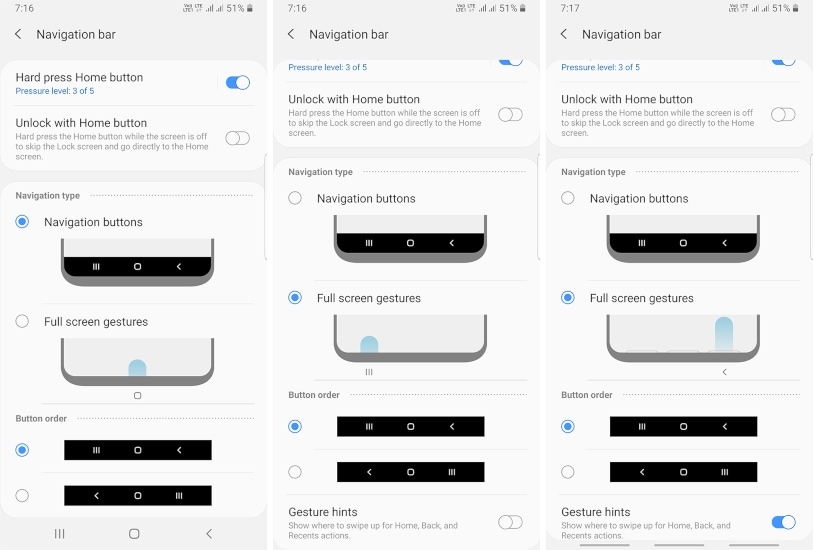
While on, Adaptive battery feature limits battery usage for apps that you don't use, as often as your phone will learn how you use apps over time.
How to use:
From Settings, tap Device care > Battery > Settings > tap Adapative battery.
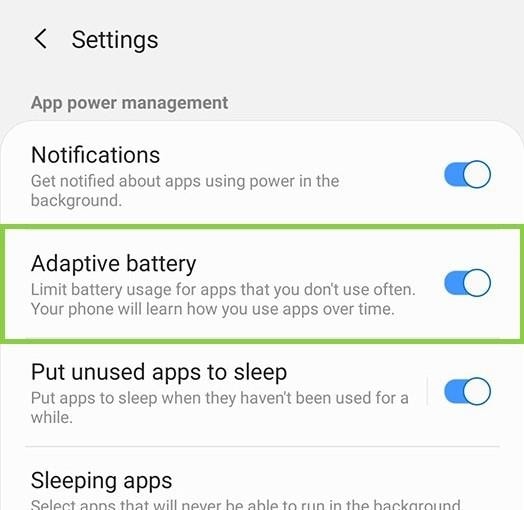
The Always on Display is there for a long time and in this update also brings changes to this section as well, because the default clock on the Always on Display (AOD) is now positioned horizontally and features colored icons.
It shows remaining battery time, time remaining until fully charged, and also battery information for any other connected devices like wearables. It can also be fully customized by using different layouts or by uploading images or GIFs.
How to use: From Settings, tap Device care > Battery > Settings > tap Adapative battery.
Tip: To change the style of the AOD clock to Settings > Lock screen > Clock style.

Choose apps to hide from the Home and App screens. Return to this screen to restore hidden apps. Hidden apps are still installed and can appear as results in Finder searches.
How to use: From Settings, tap Display > Home screen > tap Hide apps > select apps that you want to hide, then tap Apply.

Put apps to sleep when they haven't been used for a while - You can select apps that will be able to run in the background. You can also select sleep delay time from the settings.
How to use: From Settings, tap Device care > Battery > Settings > tap put unused apps to sleep and to select the Sleeping Apps go back to the previous menu and select Sleeping Apps.
Note: These apps may not receive updates or send notifications to your device.

You can change the font size and style to customize your device.
How to use: From Settings, tap Display > Font size and style > tap Bold font to make all fonts appear with bold weight.
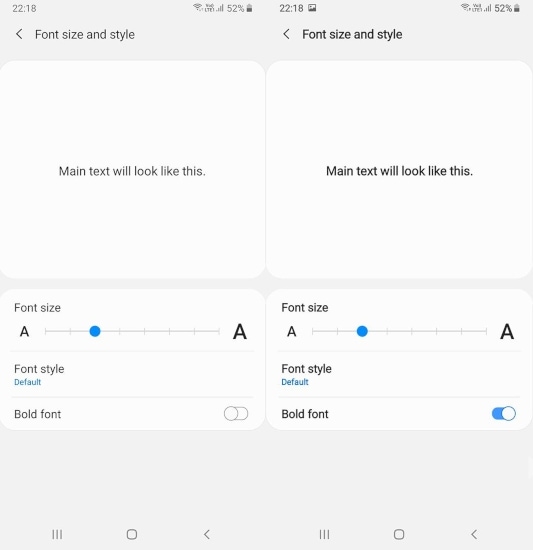
The Status bar provides device information on the right side and notification alerts on the left. With this feature, you can manage how many notification icons you want to see, as well as an option to enable or disable battery percentage.
How to use: From Settings, tap Notifications > Status bar > from here you can personalize notification settings.
Tip: You can also quickly access status bar settings from the Quick settings menu > tap on the verticle three dots and tap on the Status bar.

The Notification panel also provides quick access to device functions using Quick settings.
How to use: Drag the Status bar down to display the Notification panel and Tap Search to search the device.
Reduce animations decreases certain motion effects, such as when opening apps.
How to use: From Settings, tap Advanced features > Reduce animations, and tap slider to enable the feature.
Tip: You can completely remove animations and effects from One UI, via Settings > Accessibility > Visibility enhancements > tap "Remove animations".
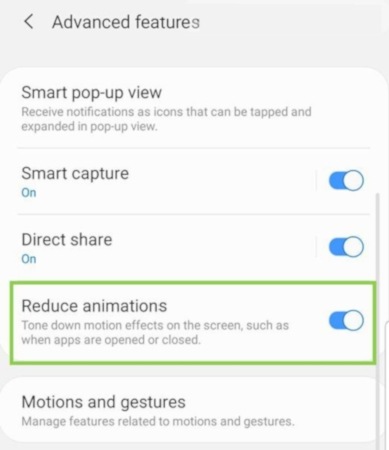
With One UI, you can select and replace shortcuts of apps to open directly from the Lock screen.
How to use: From Settings, tap Lock screen > App shortcuts, from here you can assign Left and Right shortcuts.
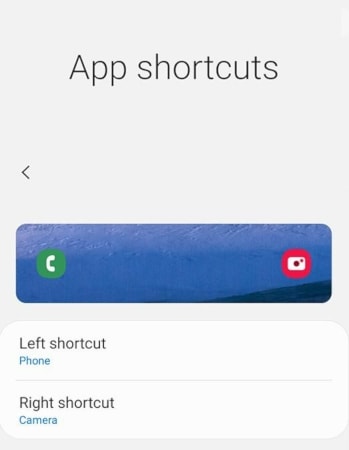
This option allows you to use the floating keyboard that can be positioned anywhere on the screen, just like the pop-window option.
How to use: From the Samsung keyboard, tap three dots button or down arrow - on the right side of the keyboard to Expand toolbar, then tap on Modes > tap Floating Keyboard. You can revert this mode by simply choose the Standard keyboard.

Just like a pc, when you delete something from its storage, the deleted item goes directly into the Recycle bin. Well, you now get the same feature in the Gallery named as "Recycle Bin" that keeps deleted images and videos for about 15 days before deleting them forever.
How to access: From Gallery > tap three verticle dots on the top right corner > Recycle Bin.
This is one of best feature and almost reduces the wake-up click on the power button because Lift to wake feature automatically wakes up the screen whenever you pick up your phone.
How to use: From Settings, tap Advanced features > Motions and gestures > Lift to wake, and tap to enable.
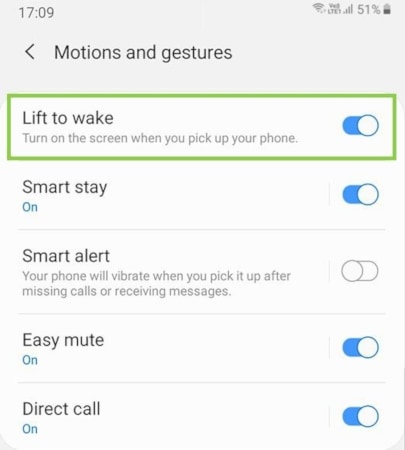
With the Pie update, your phone will be able to use Kids Home, which is like a digital playground for your child. It’s not just fun and kid-friendly; it's also an educational experience.
Your child will be able to learn through entertaining games like block coding, drawing, creating music, and a lot more. With Kids Home, you can also set a time limit, control permissions, and see usage reports so you'll know what your child is learning.
How to setup kids Mode: Using two fingers, swipe down from the top of the screen to access the Quick Settings panel. Touch the Kids Home icon, and then touch Next. From there, enter a Kids Home Pin (the default pin is 0000).The Kids Home PIN allows you to set parental controls and check usage reports, but most importantly, kids cannot exit Kids Home without it.
After you've set a pin, the Kids Home screen will display. To exit Kids Home, touch More Options, and then touch Close Kids Home. Enter your PIN; Kids Home will automatically close.
Note: Kids Home may not come included depending on the phone model.
Flash either the camera light or the screen when you receive notifications or when alarms sound.
How to use: From Settings, tap Accessibility > Advanced settings > under notification - Flash Notification > Select your desired flash notification.
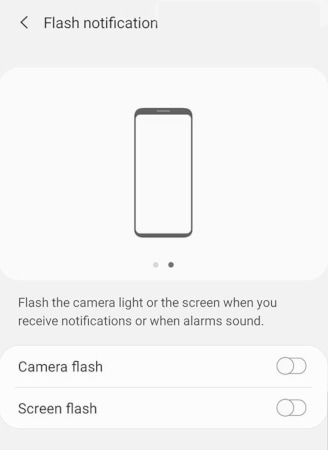
Thank you for your feedback!
Please answer all questions.



